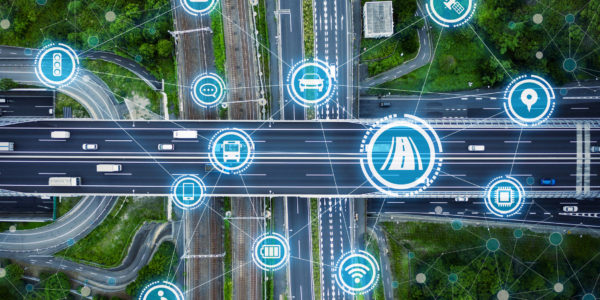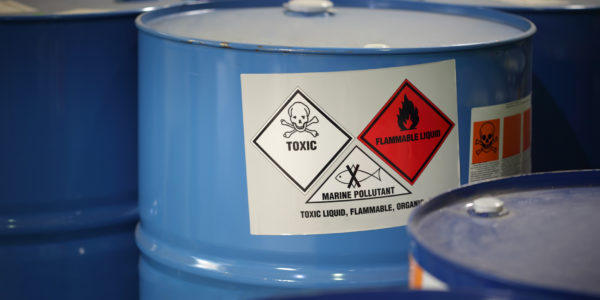
Municipalities in North America are increasingly focusing on green initiatives and sustainability for a variety of reasons. While many cities […]

Many fleets today have their own reasons for needing accurate GHG reporting. It could be to monitor the implementation of EVs or alternative fuels, or simply to understand which vehicles are contributing most to their overall emissions. Regardless of the reason, there are several ways a fleet could benefit.

When it comes to fleet management, the E in ESG can carry a bit more weight. With transportation being one of the greatest contributors to global greenhouse gas emissions, environmental preservation is becoming increasingly important across the industry. The practice of ESG at a higher level helps fleets to stay accountable for their negative and positive impacts.

It seems that every few years a new “green fuel” is hitting the market with the hope and promise of […]

Whether by external mandate or internal initiative, more organizations than ever are monitoring their greenhouse gas emissions and general impact on the environment. Major companies like General Motors, FedEx, Delta and Shell have publicly committed to reaching carbon neutrality as soon as 2030, but the question is – is this goal achievable?

An emissions profile is a powerful tool for supporting fleet sustainability initiatives. The profile closely details a fleet or organization’s total carbon emissions within a certain period of time. This profile includes emissions from activities ranging from energy generation, fuel consumption and other daily operations.

The common goal of fleet sustainability is twofold. First, to adopt practices that protect the wellbeing and future of the world around us. Second, to ensure the future success of your organization. This is appealing for organizations striving to be more conscientious with their practices while still reducing waste and costs internally.

Sustainability is interwoven into futureproofing for many reasons. At its core, the idea and goal of sustainability is to carry out our actions and meet our needs without jeopardizing the ability of future generations doing the same. This is essentially the same goal as futureproofing, no?

Nuclear power suppliers today face a challenge that has remained unresolved for decades: nuclear waste. This waste can remain radioactive for hundreds of thousands of years and can contaminate the environment if not disposed of properly.